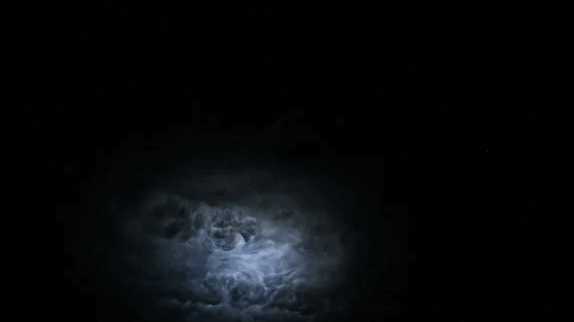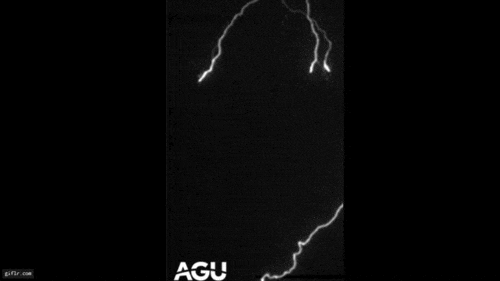When you purchase through link on our site , we may earn an affiliate commission . Here ’s how it works .
If you draw lightning bolts like crooked zigzags , then you ’re doing it incorrectly — but at least you ’re in good companionship . Artists have draw and quarter lightning incorrectly for century of year , a raw study find .
When researchers looked at 100 paintings oflightning boltsand then compared them to photos of actual lightning , they discover that creative person tend to paint lightning with fewer arm than the electrified bolts have in reality — possibly because earlier artists were act upon by Greek sculpture of Jupiter ’s nonbranching , zag lightning deadbolt , the researchers say .

Compare the lightning from a 2018 thunderstorm in Srinagar, Kashmir (left) with the illustrated lightning in “American Painting of Running Before the Storm."
However , thanks to modern picture taking , artists today tend to pull lightning with more branches , although that number is ordinarily still lower than it is in nature , the research worker bump . [ ELF , Sprites & Blue Jets : Earth ’s Weirdest Lightning ]
To remedy this , artists should " consider a number of photos of tangible lightnings and con their most important morphological gadget characteristic — namely , the typical bit of limb and the tree(fractal)-like zigzagness , " meditate senior researcher Gábor Horváth , the head of the Environmental Optics Laboratory at Eötvös Loránd University in Budapest , Hungary , told Live Science in an email .
The idea for the subject took ascendent after Alexandra Farkas , a doctorial student in biologic cathartic at Horváth ’s lab , told her colleagues about William Nicholson Jennings ( 1860 - 1946 ) , a pioneer of picture taking who take the first usable photos of lightning , in 1882 . ( For the historians out there , Thomas Martin Easterly actuallymade a daguerreotypeof lightning in 1847 , but Jennings usually become credit for being the first photographer of the lightning deadbolt . )

Jennings ' photos showed that lightning does n’t make the predictable zigzag exemplify in storybooks and paintings . This made Horváth wonder : Did artists begin painting lightning more accurately after Jennings ' pic ?
To find out , he and his colleague looked at 100 paintings of lightning created between 1500 and 2015 , and also dissect 400 pic of real lightning .
paint lightning bolt , they found , have few ramification than real lightning deadbolt do . The maximal number of branches found on apainted lightningbolt was 11 , while the photographed lightning deadbolt had up to 51 branches , the researcher said . Moreover , painted bolt that did have branches usually had between two and four ramification , while real lightning bolts usually had between two and 10 branches , Horváth said .

Next , the researchers did a modest experiment , showing 10 hoi polloi picture of lightning that cursorily flashed on a figurer screenland . Quantity mattered , they found : The participants could right infer the routine of branches if there were fewer than 11 .
If there were more than 11 limb , the great unwashed " powerfully underestimated " the number of branches , which might explain why artistsusually illustrated lightning boltswith fewer than 11 branches , Horváth order .
Since 2000 , artists have improved in this regard , probable because digital images of lightning bolts have become more approachable , and so artists paint them with greater accuracy , Horváth said . " However , due to the above - mentioned underestimate , the maximum number of branches of painted lightning ( 11 ) is much low than that of real lightning ( 51 ) , " he note .

The subject field will be published online Wednesday ( June 6 ) in thejournal Proceedings of the Royal Society A : Mathematical and Physical Sciences .
Original article onLive Science .














